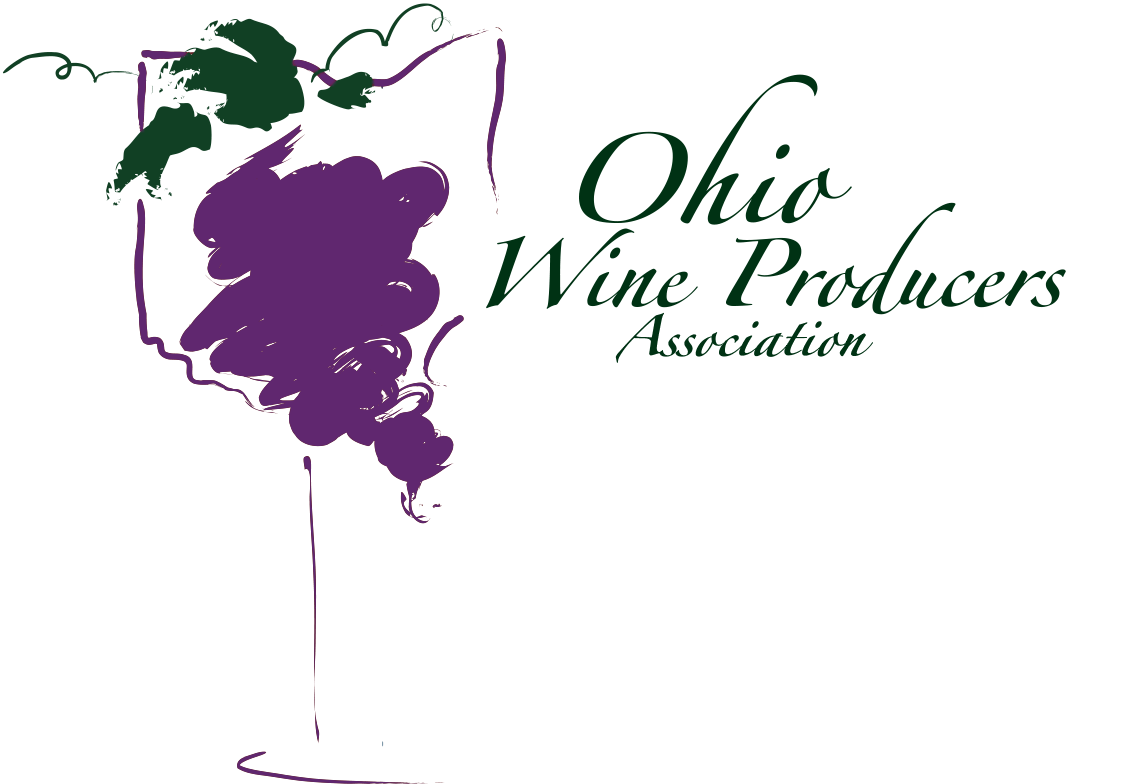The ubiquitous little brownish ‘ladybugs’ invasion
At first glance, this seems to be an unusual topic for a wine column, but there is a 16-year-old story relating this problem to our local grape-wine industry. And since recently, my personal Facebook page has had dozens of posts about the stinky, biting critters, here is some background on the critters.
In the fall of 2005, I carried a couple of small vials of the bugs to the Winegrape Growers of America meeting in Washington DC with the hope of some assistance from USDA for the ‘ladybug’ which was invading our vineyards. Below is information from the white paper we prepared for the DC visit in 2005.
The Harmonia or mulit-colored Asian Lady Beetle has presented major wine quality problems for years in New York, Ohio and numerous other middle-of-America wine regions.
Brought over to several southern states by USDA in the late 1970’s as a natural predator for aphids in soybeans, they have proven to be very effective in that role. However, they spread around the country and have resulted in unintended negative consequences for fruit growers and homeowners each year once the soybeans come off the fields.
In their native China, these beetles live in trees near white chalky cliffs and have a three-year life span.
To deter birds and other predators, the beetles are equipped with an orange-colored natural defense mechanism in the form of a very strong, extremely odoriferous chemical.
In the past half number of decades, the beetles have migrated from around the country and have become a huge problem in winegrape regions in several states.
They were first noticed in in Ohio in 2000 but Intense pressure came in 2005 when the soybeans are harvested very early in the season and the beetles needed food. Canada had reported a problem in 2001. New York noted first serious infestation in 2002. Portions of Michigan, Indiana, Illinois, and Pennsylvania have also indicated significant problems.
In 2001, a first ‘critical mass’ was noted in various growing districts of Ohio. Vineyard managers reported walking among their fields with literally thousands of bugs swarming around their heads but this was initially regarded as an aberration. In 2005 things became extreme.
That year, as an early frost came to soybean fields, the beans were harvested, and millions of the beetles sought additional food sources to over-winter. Winegrapes were a receptive host. During heavy infestations, the beetles burrowed into individual berries and were hard to see. At times they literally covered lugs of handpicked fruit waiting for transport to the winery. As lugs were dumped and the beetles went through the wine-grape crusher, the resulting juice and ‘must’ exhibit an aroma similar to a dank and musty basement. As few as four beetles per thirty-six-pound lug were discernible in sensory evaluations. While the wine was safe to drink [alcohol was a sanitizer], in that difficult 2005 season, growers used big fans to drive the beetles out of the vines before the pickers came through, they hand dipped lugs in vats of water to float off the pests before grapes went into the hopper, tasks that were extremely costly and very cumbersome to say the least. And other cases, tainted wines from that year never made it to market, resulting in substantive financial losses.
Infestations were especially troublesome in late harvest varieties like Riesling, Vidal, and Cabernet Franc. It is also a problem with Pinot Gris, an early harvest variety with especially thin skin. These four varieties are among the most important winegrapes produced in the Lake Erie and Finger Lakes regions. The issue with Vidal was also very worrisome, because that variety is the backbone of an emerging and lucrative Ice Wine production.
These beetles, with their long-lasting offensive odors, also became a tremendous nuisance for regional homeowners. Residents in houses with white siding and/or exterior logs [resembling the chalk cliffs and trees from their Chinese natural habitat] reported vacuuming literally pails full of smelly insects from the exterior as well as interior of their homes. And although they are not venomous, their bites are annoying.
The Harmonia have continued to be a nuisance in seasons when beans come off before the grapes are in the tanks. Fortunately, that has not been the case in recent years. Hopefully our extended falls will continue to allow earlier grape harvests and late frosts to avoid future vineyard infestations. [Although that is not much solace for local homeowners!]
As I regularly share: growing grapes is not for the faint of heart.
For more information: dwinchell@OhioWines.org
